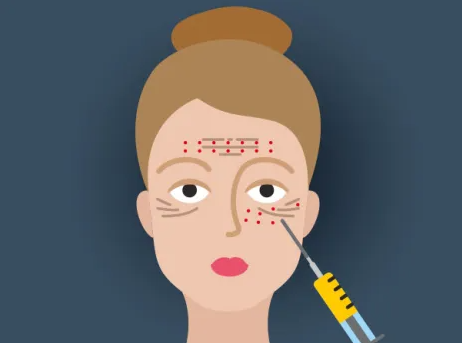Selecting the right Platelet Rich Plasma (PRP) kit for specific medical or aesthetic procedures involves careful consideration of several factors to ensure safety, effectiveness, and desired outcomes. Here are key factors to consider when choosing a PRP kit:
- Intended Use: Determine the specific medical or aesthetic procedure for which you need PRP. Different procedures may require variations in PRP preparation and concentration. Ensure the kit is suitable for the intended use.
- Platelet Concentration: Assess the kit’s ability to produce the desired platelet concentration. Some procedures may require higher or lower platelet counts for optimal results. The ability to customize platelet concentration can be an advantage.
- Quality and Sterility: Verify that the PRP kit complies with quality control and sterility standards. Look for certifications or regulatory approvals that ensure the safety and efficacy of the kit.
- Ease of Use: Consider the kit’s user-friendliness, including clear instructions and ease of handling. An intuitive kit design can help prevent errors during PRP preparation.
- Centrifuge Compatibility: Ensure that the PRP kit is compatible with the centrifuge you have or plan to use. Some kits may require specific centrifuge models or settings.
- Activation Options: Determine if the kit includes activation agents or additives, and whether they are appropriate for the intended procedure. Activation can influence the release of growth factors from platelets.
- Leukocyte Content: Some PRP kits offer the option to include or exclude leukocytes (white blood cells). The choice of leukocyte concentration may depend on the procedure and patient characteristics.
- Volume and Yield: Consider the volume of PRP that can be generated using the kit. Ensure it meets the requirements of the intended procedure and patient needs.
- Cost: Evaluate the cost of the PRP kit and its overall cost-effectiveness. Consider both the initial investment and any ongoing costs associated with the kit.
- Manufacturer Reputation: Research the reputation and track record of the PRP kit manufacturer. Established and reputable companies are more likely to produce reliable and high-quality products.
- Clinical Evidence: Review scientific literature and clinical studies that support the effectiveness of the PRP kit for the intended procedure. Look for evidence of positive outcomes and safety.
- Customization Options: Some PRP kits offer customization options, allowing you to tailor PRP concentration and components based on patient needs. Consider if this flexibility is essential for your practice.
- Patient Comfort: For aesthetic procedures, consider the comfort of the patient, including the size and design of needles and syringes included in the kit.
- Storage and Shelf Life: Check the storage requirements and shelf life of the PRP kit components to ensure they fit your practice’s logistics and inventory management.
- Adverse Event History: Investigate whether the PRP kit has a history of adverse events or complications associated with its use.
- Training and Support: Ensure that the manufacturer provides adequate training and support for healthcare providers using the PRP kit, especially if you are new to PRP therapy.
- Compatibility with Other Treatments: If you plan to combine PRP with other treatments, ensure that the selected kit is compatible with those treatments.
- Patient Consent and Education: Educate patients about the PRP procedure, including its benefits, risks, and expected outcomes. Obtain informed consent before proceeding.
By carefully considering these factors, healthcare providers can make informed decisions when selecting a PRP kit that aligns with their specific medical or aesthetic procedures and patient needs, ultimately leading to better outcomes and patient satisfaction.








